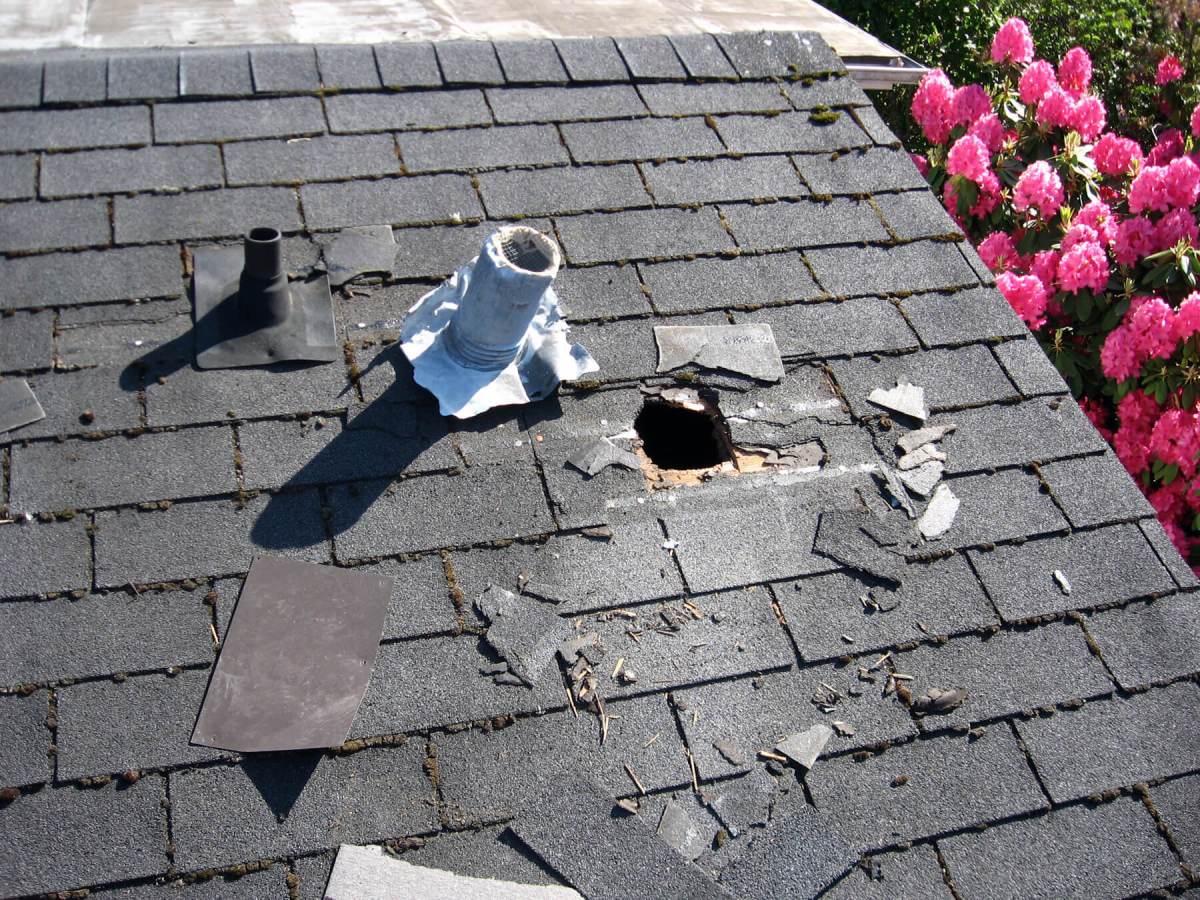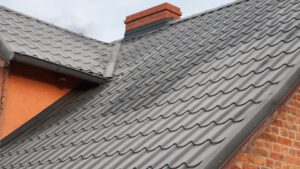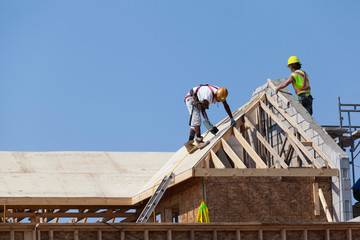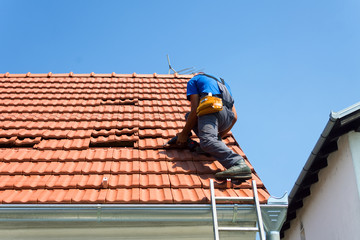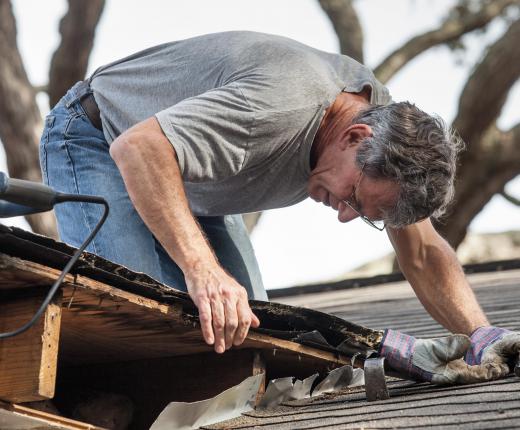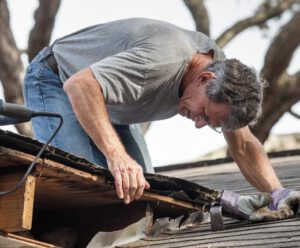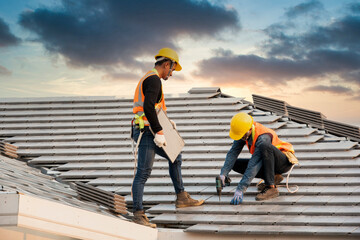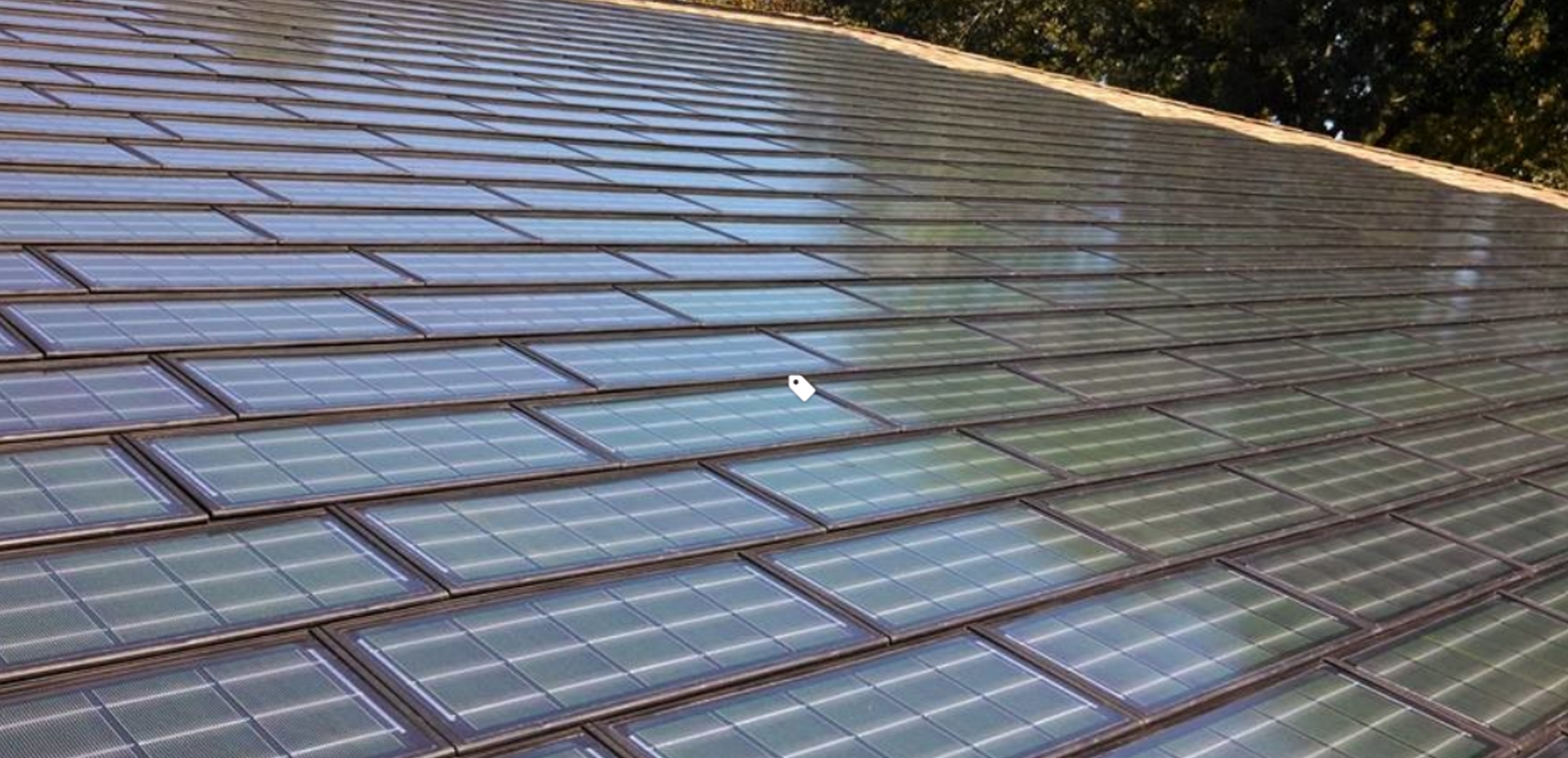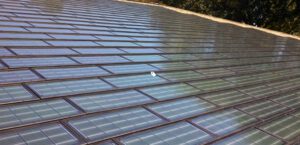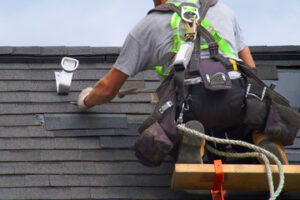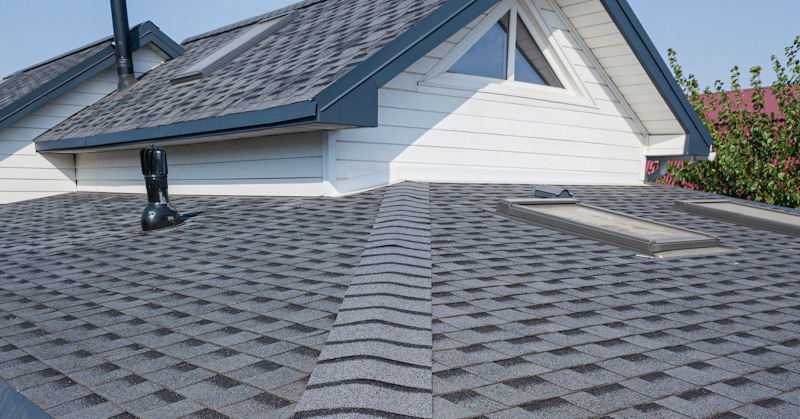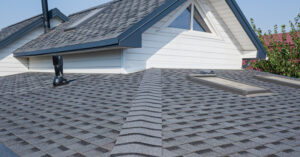There are a number of easily recognizable warning signs that you need roof repair. It’s important to be able to spot these problems so that you can act quickly.
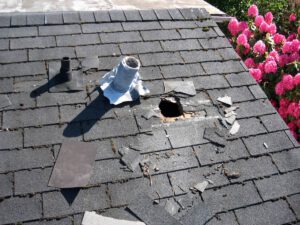
Look for missing granules in the gutters; these are a sign of deteriorating shingles. Also check that the vent boots are in good condition and that the shingles covering them are not loose.
If you see damaged or missing shingles on your roof, it’s important to take care of these problems immediately to avoid leaks and other damage to your home. However, if you’re not comfortable working on the roof or don’t have the right tools, it’s best to call in a professional roofer. A roofer will be able to help you identify the cause of the damage and recommend the right solution.
Missing or damaged shingles are one of the most obvious signs that your roof needs repair. The gaps caused by missing shingles allow water to flow under the other shingles, which can lead to leaks and other damage to your home’s structure. If you have a lot of missing shingles, your roof may need to be replaced altogether.
Loose or missing shingles can also affect air circulation in your attic, which can draw moisture through your attic into the living spaces of your home. This can lead to discolorations, spots, stains, or streaks on your ceilings or walls.
Another common sign of roofing problems is blisters on your shingles. These appear as raised areas that resemble bruises on your shingles and are usually caused by aging or heat exposure from a poorly ventilated attic. Blistering can allow moisture to seep through your roof and into the living space of your home, leading to rot, mold, mildew, or other problems.
If your shingles are only slightly damaged, you can replace them with new ones. To do so, start by loosening the adhesive and nails holding the shingle with a flat pry bar or crowbar. A utility knife can also be used to cut through the sealant around the edges of the shingle. After loosening the shingle, remove the nails from the row above and below it, being careful not to damage them.
Lift the front edge of the shingle with your pry bar and remove the nails that hold it. Next, use your utility knife to cut Vs into the shingle above it, which will separate it from the nail strip. Pull the old shingle off and replace it with a new one that’s cut to match. Once the new shingle is in place, apply asphalt roofing cement to the underside and secure it with nails that match those used on the damaged shingle.
Water Leaks
A leaking roof isn’t good for anyone. The moisture seeps into the attic and, if the leaks are not stopped, gets into living spaces through walls and ceilings. Water leaks can cause rotted framing and sheathing, destroyed insulation, and discolored plaster and drywall. The problem is more than just a messy nuisance; it can also be expensive to repair.
Water leaks usually occur at the point where a vertical wall meets the roof or where a chimney or roof vent meets the roof. The metal flashing used to seal these areas can develop cracks and rust. It’s important to check the flashing regularly for signs of deterioration, especially after rainstorms and during the snowy part of winter.
Sometimes a leak can be difficult to locate, but the clues are there. Look for stains on the attic floor and the ceiling, particularly after a heavy rain. Then inspect the attic and the rafters for wet or rotting boards. If there is a problem, it’s best to have it repaired right away by a professional.
Leaking roof problems can often be fixed by replacing damaged flashing and resealing joints and cracks with caulking. Use a high-quality exterior caulk made for roofs, typically butyl rubber. Scrape off any old caulking and clean the area, then squeeze a little of the new caulk on to each suspect joint or crack.
Be careful not to caulk over a chimney or roof vent; these items must be open and vented properly to prevent fire damage. You can purchase self-fusing tin foil chimney covers to help protect against heat and smoke.
If a ceiling leak occurs after a heavy downpour, this usually indicates the problem is with the roofing or gutters. It could also be a sign of a plumbing leak. In this case, a plumber should be called to investigate and correct the issue.
If a leak occurs on the soffit where the roof meets it, the problem is usually poor flashing or, more likely, an ice dam. The solution begins by removing the shingles down to the wood sheathing. Then, slip a strip of adhesive ice-and-water barrier (available where roofing products are sold) under the soffit/main roof joint. It should overlap another strip of the barrier that’s already installed beneath the shingle, all the way down to the valley where the two roofs meet.
Mold and mildew
Although the terms “mold” and “mildew” are often used interchangeably, they are different fungi with distinct properties. Mildew, for example, thrives in damp, warm, and poorly lit areas where air is not circulated, such as cellars, crawl spaces of houses without basements, and clothing closets. It grows on rugs and draperies, as well as shower curtains and damp clothes rolled up for ironing. It also eats into and discolors fabrics, leather, and paper. Unlike mold, which comes in a variety of colors and can be fuzzy, mildew is powdery and typically has a musty odor.
While mildew doesn’t pose as much of a threat to human health as certain types of toxic mold, it can still cause minor problems such as itchy skin and nasal irritation. It can become a serious problem, however, if a person suffers from pre-existing conditions such as asthma or other chronic lung illnesses.
Mildew is also less damaging to the home than mold. Mold colonies can lead to rot and warping in wood and other materials and can also affect the integrity of walls, ceilings, and floors. In addition to these cosmetic issues, mold can produce mycotoxins that can cause a range of symptoms, from sneezing fits to pulmonary issues, including shortness of breath and coughing.
Because of the potential health issues and structural damage, it’s essential to take steps to get rid of any mold that’s found on your roof. Ideally, this should be done by a professional.
When cleaning up a moldy roof, it’s important to take the proper precautions by dressing appropriately and wearing eye protection. Moreover, it’s imperative to wear a breathing mask or respirator when necessary. This will ensure that any mold spores are not inhaled, which can be very dangerous for those with allergies or chronic lung conditions.
Generally, it’s easy to tell whether you’re dealing with mildew or mold. If you’re unsure, a small drop of bleach on the spot can help you decide. If it’s lighter in color, then it’s likely mildew; if the area darkens, it’s most likely mold.
Higher energy bills
It’s been well established that a leaky roof will increase heating and cooling costs. This happens because the controllable air in your home escapes through damaged shingles or is let in by rain, resulting in higher utility bills during hot and cold months. Poor ventilation in the attic can also cause moisture and mold to build up, which will further drive up energy costs. If you suspect high energy bills are due to a faulty roof, have it inspected for damage and get it repaired as soon as possible. Labor and material make up the bulk of roof repair costs, but the type of repair and the size, pitch, and design of the roof will affect the cost as well.

